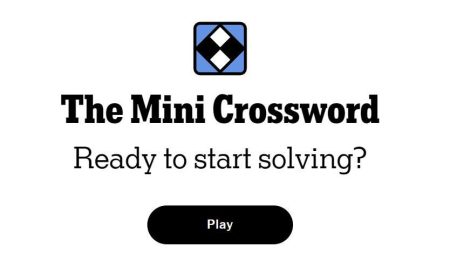Cognito Therapeutics, a neurotechnology company led by MIT researchers, made headlines earlier this year when they announced a $73 million investment into Phase 3 clinical trials for their premier therapy for Alzheimer’s Disease. Recognized by the FDA as “Breakthrough Technology”, the team of researchers and engineers designed a headset that delivers simultaneous light and sound stimulation at 40 Hz. Promising results from early animal studies and clinical trials reported that this technology was capable of restoring abnormal gamma brainwave activity often seen in the early stages of Alzheimer’s disease.
Recent efforts to replicate these findings, however, have been inconsistent, probing questions into its underlying mechanism of action. While behavioral animal studies are helpful for understanding whether an intervention works, how it works can only be determined by closely examining the brain at the cellular and molecular levels. Often, this is done by using a microscope to examine the brain of mouse models exposed to the stimulation and comparing them to a control mouse group. Such mouse models have specific genetic mutations associated with hereditary Alzheimer’s disease. If 40 Hz light and sound stimulation is a viable treatment for Alzheimer’s disease, we would expect to see a decrease in beta-amyloid plaques and tau neurofibrillary tangles, the major hallmarks of the disease.
To their surprise, an early study conducted by Iacciano et. al found that 40 Hz auditory and visual stimulation not only reduced the accumulation of beta-amyloid plaques in the brain but also modified the activity of microglial brain cells. Microglia are the central nervous system’s first and primary immune defense system. When they come into contact with beta-amyloid proteins, microglia respond by activating a robust inflammatory cascade to clear debris and restore nerve tissues. While this immune response is necessary for responding to acute neural damage such as an infection, prolonged inflammation can also injure otherwise healthy cells.
Studies have found that as beta-amyloid plaques accumulate in Alzheimer’s, microglia become overactive and generate an overwhelming inflammatory response. It has been proposed that the robust activation of microglia may be a major driver of widespread neurodegeneration in the advanced stages of the disease.
Reducing inflammation in the brain has increasingly been implicated as a possible therapeutic target for treating Alzheimer’s disease. Now, evidence seems to suggest that using auditory and visual stimulation to manipulate electrical activity may be able to do just that. A recent study from the Georgia Institute of Technology found that 40 Hz stimulation selectively enhances inflammatory pathways.
Investigators began this study by exposing mice to one of four experimental conditions: 40 Hz flickering light for one hour, random interval light flickering at 40 Hz or 20 Hz, or constant light. After the stimulation, the mice were sacrificed and their brains were frozen for further analysis. Across all mouse groups, there was no difference in anxiety-driven behaviors, confirming that the various visual stimulation conditions did not influence the animal’s behavior
Garza et. al found that the mice exposed to 40Hz light flicker stimulation exhibited increased phosphorylation, or activation, within the NF-κB inflammatory pathway. This pathway is critically involved in producing cytokine proteins, which help control inflammation. Specifically, 40 Hz light flicker stimulation was found to enhance the expression of anti-inflammatory cytokines, such as interleukin- 6 and interleukin-7. In addition to its role in inflammation, the NF-κB pathway has also been implicated in learning and long-term memory. Together, these findings suggest that stimulation at this frequency may offer a neuroprotective effect for those in the early stages of Alzheimer’s disease.
Do other frequencies offer the same benefits? Garza et. al was surprised to find that different frequencies recruited different types of cytokines through activation of the NB-κB pathway. Compared to 20 Hz light flicker, however, 40 Hz stimulation generated the greatest cytokine response. This is consistent with previous studies suggesting that 40 Hz stimulation offers the greatest clinical benefits with little to no risk of adverse events.
Alzheimer’s disease has been inextricably linked to inflammation in the brain. The emergence of electrical brain activity as a possible therapeutic target has uncovered new insights into how Alzheimer’s develops and progresses. Regardless, several questions remain unanswered: What are the long-term effects of 40 Hz stimulation? Can the benefits be sustained for long periods of time, or does the brain become desensitized to the stimulation over time? Highly anticipated results from current clinical trials and animal studies may soon answer these questions.
Read the full article here










